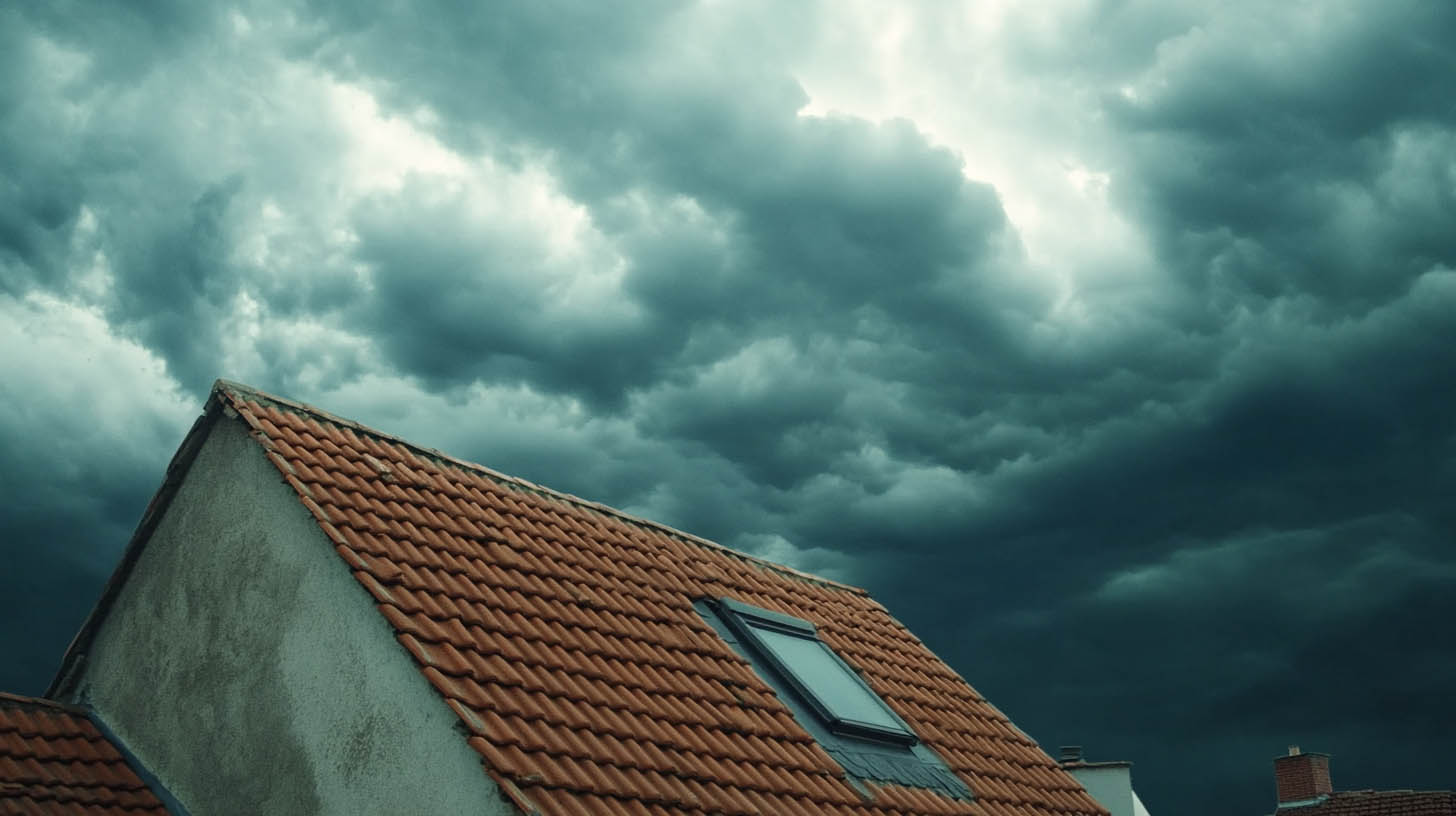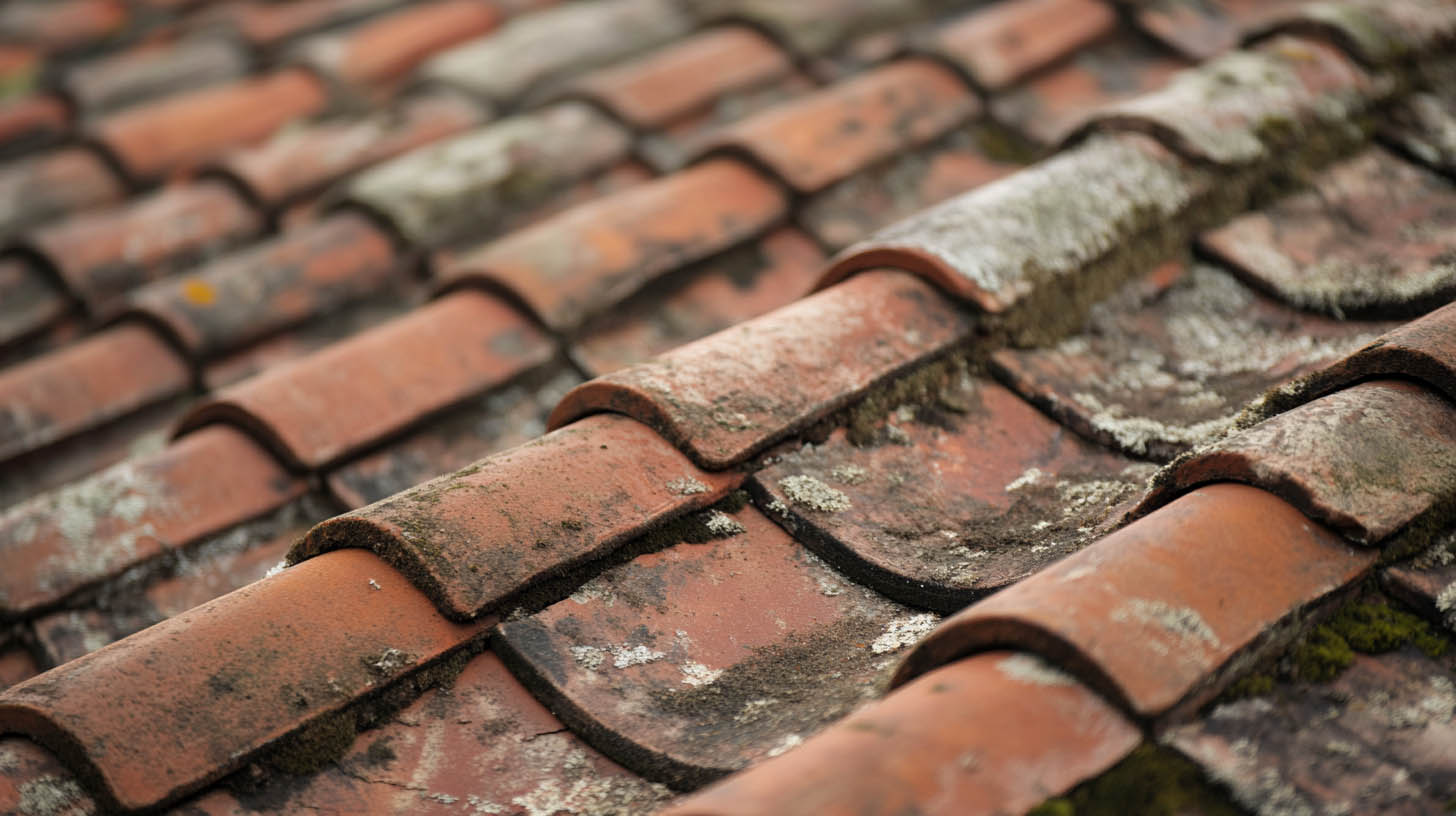
Simple Steps to Protect Your Roof from Wind Damage
Texas weather is no stranger to high winds. From sudden spring storms to the lingering effects of distant hurricanes, strong gusts can tear shingles off roofs, lift flashing, and leave homeowners scrambling for emergency repairs. In Stephenville, TX, where high winds are a seasonal concern, protecting your roof from wind damage is not just a good idea—it’s essential for preserving the value and safety of your home.
Fortunately, there are proactive steps homeowners can take to safeguard their roofs. Whether you’re preparing for storm season or simply want peace of mind, following these simple steps can make a major difference in preventing costly damage.
Why Wind Damage Happens
Before diving into prevention, it helps to understand how wind damages your roof. High winds exert uneven pressure across roofing surfaces. Wind can lift shingles—especially the corners or edges—if they’re not properly sealed or have aged over time. Once one shingle goes, the surrounding ones are more vulnerable to being lifted or torn away.
In addition to the direct pressure, wind often carries debris like branches, gravel, or even outdoor furniture, which can strike and damage your roof on impact. Gaps, cracks, or weak spots in your roof create the perfect opportunity for wind to find its way in, eventually leading to leaks, structural damage, or interior water issues.
Step 1: Schedule a Professional Roof Inspection
Your first line of defense is knowledge. Many homeowners don’t realize their roof has weak points until after a storm hits. Having a professional inspection by a trusted contractor like DT Roofing allows you to detect early signs of vulnerability such as loose shingles, missing flashing, or weakened sealants.
In Stephenville, where wind damage is common, scheduling a yearly inspection—especially before spring and fall storm seasons—can catch small issues before they turn into bigger problems.
Step 2: Secure or Replace Loose Shingles
Shingles that are cracked, curling, or lifting are prime targets for wind. The moment wind gets underneath one shingle, it can compromise the surrounding area. During an inspection, your contractor should look for these signs and recommend repair or replacement.
If you’ve recently replaced your roof, ensure your contractor used shingles with high wind resistance ratings. For areas like Stephenville, Class F or Class H wind-rated shingles are recommended. Premium brands like Owens Corning offer high-performance architectural shingles designed specifically to withstand strong winds up to 130+ mph when properly installed.
Step 3: Check Flashing and Sealants
Flashing is the metal material installed around roof edges, chimneys, skylights, and vents. When wind gets under flashing, it can lift and peel it back, allowing rainwater to seep in. It’s important that flashing is properly secured and sealed.
Likewise, all joints and penetrations in your roof should be sealed with high-quality waterproofing products. Over time, sealants degrade due to UV exposure and temperature fluctuations—leaving your roof vulnerable. Reapplying sealants as needed is a simple but powerful way to boost your roof’s wind resistance.
Step 4: Trim Nearby Trees and Remove Overhanging Branches
Wind doesn’t just affect the roof directly—it turns nearby trees into potential hazards. Overhanging branches can break off during storms and crash onto your roof, cracking shingles or damaging the underlying structure.
Trim back any tree limbs that extend over your roofline. Removing dead or weak branches also reduces the chances of debris becoming wind-driven projectiles. A little landscaping effort goes a long way toward roof protection.
Step 5: Reinforce Roofing Components
For homes that frequently face high winds, reinforcing the roofing system offers added peace of mind. Options include:
- Roof Decking Reinforcement: Secure decking to rafters with hurricane straps or clips.
- Upgraded Underlayment: Consider synthetic or self-adhering underlayments that provide better resistance to water intrusion if shingles are blown off.
- Starter Strip Shingles: These are specially designed shingles installed at roof edges to prevent wind uplift.
- Improved Ridge Caps: Ridge shingles often take the brunt of wind pressure, so using enhanced ridge cap shingles adds strength at critical points.
Speak with your contractor to evaluate which reinforcements make sense for your roof structure and local weather patterns.
Step 6: Maintain Gutters and Drainage
Clogged gutters can cause water to back up under your roof shingles, especially during wind-driven rain. Ensure gutters and downspouts are clear of debris and securely fastened. Wind can dislodge loose gutters, which can then damage fascia boards and roofing edges.
Also, make sure water flows away from your foundation to avoid soil erosion and further structural issues caused by poor drainage.
Step 7: Consider a Roof Replacement If Necessary
If your roof is already near the end of its life—typically 20–25 years for asphalt shingles—it may be time for a full replacement. Older roofs are far more susceptible to wind damage due to brittle materials and outdated installation methods.
Today’s roofing systems are engineered for performance. Investing in a new, wind-resistant roofing system not only protects your home better but can also increase property value and reduce insurance premiums.
DT Roofing offers full roof replacements using modern materials, expert craftsmanship, and extended warranties so you never have to worry when the next storm hits.
Final Thoughts
High winds are a reality in Stephenville, TX, but that doesn’t mean you have to live in fear of roof damage. With regular maintenance, smart preparation, and support from experienced professionals, your roof can withstand even the harshest gusts.
Whether you need an inspection, small repairs, or a complete upgrade, DT Roofing is your trusted local partner. Our team combines decades of experience with premium products and unmatched customer care—helping homeowners stay safe, secure, and protected year-round.
Read also our blog: Types of Asphalt Shingles and Their Features









